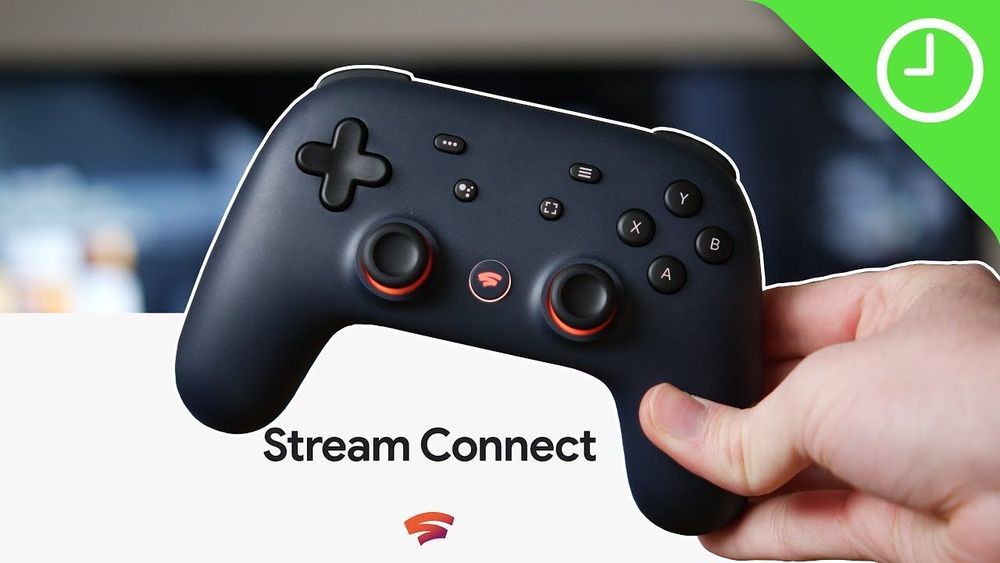Jan 13, 2020
Samsung’s Galaxy S20 Ultra might have more RAM than your PC
Posted by Genevieve Klien in category: mobile phones
Samsung’s Galaxy S20 Ultra might have over-the-top specs with 16GB of RAM and a ridiculous variety of cameras.
Samsung’s Galaxy S20 Ultra might have over-the-top specs with 16GB of RAM and a ridiculous variety of cameras.
Samsung’s announced its new rugged smartphone, the Galaxy XCover Pro, which has a removable battery and is designed to withstand extreme conditions. It will cost $499 when it’s released in the US.

STEM Bootstrapping in Bio-Medicine! — On this recent ideaXme (https://radioideaxme.com/) episode, I was joined by 24 year old Malawian inventor, Sanga Marcarios Kanthema, founder and CEO of two companies, Dolphin Health Innovations and QubiX Robotics, who’s bringing health tech innovations to one of the world’s poorest countries — #Ideaxme #Malawi #Robotics #EKG #Stethoscope #Prosthetics #MobileHealth #SmartPhones #Telemedicine #MedicalDrones #Health #Wellness #Longevity #IraPastor #Bioquark #Regenerage
Ira Pastor, ideaXme exponential health ambassador and founder of Bioquark, interviews Sanga Kanthema, 24 year old electronics specialist and founder and CEO of two Malawi-based companies, Dolphin Health Innovations and QubiX Robotics.
Continue reading “How To Innovate In Biomedicine With Limited Resources For Big Results” »
The last 10 years have seen a lot change in the world of technology — but what will the next decade bring us?
A decade ago the hottest smartphone on the market was the iPhone 3GS — a phone with a miniscule 3.5” display and a far cry from the 6.5” screen available on the iPhone XS today.
Speakers have got bigger too, now coming packed with integrated circuits allowing us to do our shopping from our living rooms just by talking.

It’s no secret that the average smart phone today packs an abundance of gadgets fitting in your pocket, which could have easily filled a car trunk a few decades ago. We like to think about video cameras, music playing equipment, and maybe even telephones here, but let’s not ignore the amount of measurement equipment we also carry around in form of tiny sensors nowadays. How to use those sensors for educational purposes to teach physics is presented in [Sebastian Staacks]’ talk at 36C3 about the phyphox mobile lab app.
While accessing a mobile device’s sensor data is usually quite straightforwardly done through some API calls, the phyphox app is not only a shortcut to nicely graph all the available sensor data on the screen, it also exports the data for additional visualization and processing later on. An accompanying experiment editor allows to define custom experiments from data capture to analysis that are stored in an XML-based file format and possible to share through QR codes.
Continue reading “36C3: Phyphox – Using Smartphone Sensors For Physics Experiments” »
A European team of researchers including physicists from the University of Konstanz has found a way of transporting electrons at times below the femtosecond range by manipulating them with light. This could have major implications for the future of data processing and computing.
Contemporary electronic components, which are traditionally based on silicon semiconductor technology, can be switched on or off within picoseconds (i.e. 10-12 seconds). Standard mobile phones and computers work at maximum frequencies of several gigahertz (1 GHz = 109 Hz) while individual transistors can approach one terahertz (1 THz = 1012 Hz). Further increasing the speed at which electronic switching devices can be opened or closed using the standard technology has since proven a challenge. A recent series of experiments – conducted at the University of Konstanz and reported in a recent publication in Nature Physics – demonstrates that electrons can be induced to move at sub-femtosecond speeds, i.e. faster than 10-15 seconds, by manipulating them with tailored light waves.
“This may well be the distant future of electronics,” says Alfred Leitenstorfer, Professor of Ultrafast Phenomena and Photonics at the University of Konstanz (Germany) and co-author of the study. “Our experiments with single-cycle light pulses have taken us well into the attosecond range of electron transport”. Light oscillates at frequencies at least a thousand times higher than those achieved by purely electronic circuits: One femtosecond corresponds to 10-15 seconds, which is the millionth part of a billionth of a second. Leitenstorfer and his team from the Department of Physics and the Center for Applied Photonics (CAP) at the University of Konstanz believe that the future of electronics lies in integrated plasmonic and optoelectronic devices that operate in the single-electron regime at optical – rather than microwave – frequencies. “However, this is very basic research we are talking about here and may take decades to implement,” he cautions.

AirTV Mini is one of the few dongles using Google’s Android TV platform and now, the product has been updated to support Amazon Prime Video.
A European team of researchers including physicists from the University of Konstanz has found a way of transporting electrons at times below the femtosecond range by manipulating them with light. This could have major implications for the future of data processing and computing.
Contemporary electronic components, which are traditionally based on silicon semiconductor technology, can be switched on or off within picoseconds (i.e. 10-12 seconds). Standard mobile phones and computers work at maximum frequencies of several gigahertz (1 GHz = 109 Hz) while individual transistors can approach one terahertz (1 THz = 1012 Hz). Further increasing the speed at which electronic switching devices can be opened or closed using the standard technology has since proven a challenge. A recent series of experiments—conducted at the University of Konstanz and reported in a recent publication in Nature Physics—demonstrates that electrons can be induced to move at sub-femtosecond speeds, i.e. faster than 10-15 seconds, by manipulating them with tailored light waves.
“This may well be the distant future of electronics,” says Alfred Leitenstorfer, Professor of Ultrafast Phenomena and Photonics at the University of Konstanz (Germany) and co-author of the study. “Our experiments with single-cycle light pulses have taken us well into the attosecond range of electron transport.” Light oscillates at frequencies at least a thousand times higher than those achieved by purely electronic circuits: One femtosecond corresponds to 10-15 seconds, which is the millionth part of a billionth of a second. Leitenstorfer and his team from the Department of Physics and the Center for Applied Photonics (CAP) at the University of Konstanz believe that the future of electronics lies in integrated plasmonic and optoelectronic devices that operate in the single-electron regime at optical—rather than microwave—frequencies. “However, this is very basic research we are talking about here and may take decades to implement,” he cautions.
Apple is said to be putting together a satellite network that could help iPhones and other Apple gear stay connected.
Huawei has already confirmed that its new P40 series phones will be unveiled next March in Paris, France, revealing that we’re in for a never-before-seen design for the new handset. That’s a wild claim considering that you can’t really do much more with phone design nowadays. Foldable phones are already a thing, and the first prototypes of devices that feature in-display cameras were revealed months ago — the latter is the holy grail we need for perfect all-screen designs. Huawei didn’t explain what design novelties it has in mind for the upcoming P40 series, but the phone seemingly just leaked and we might have an answer for you.